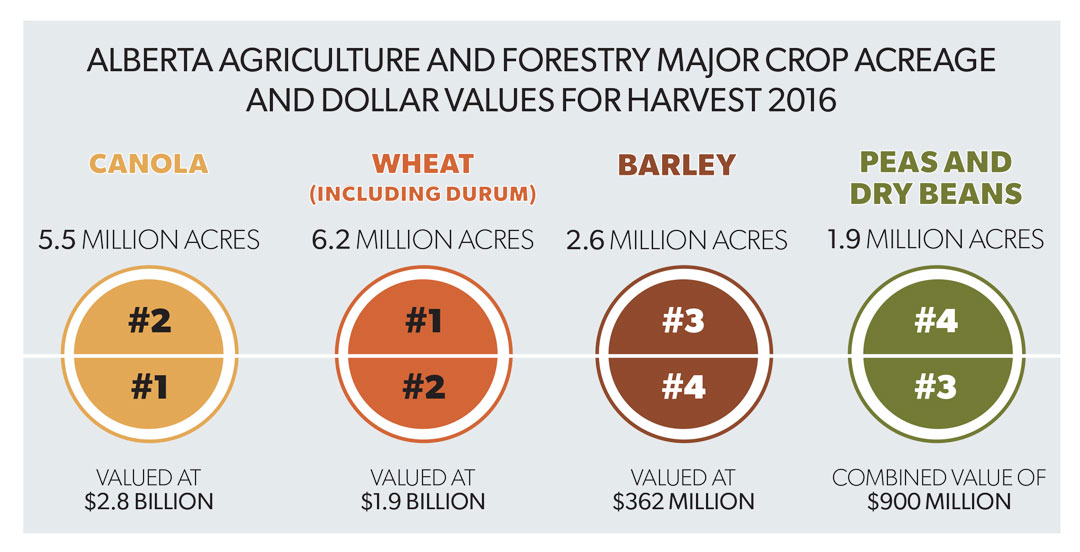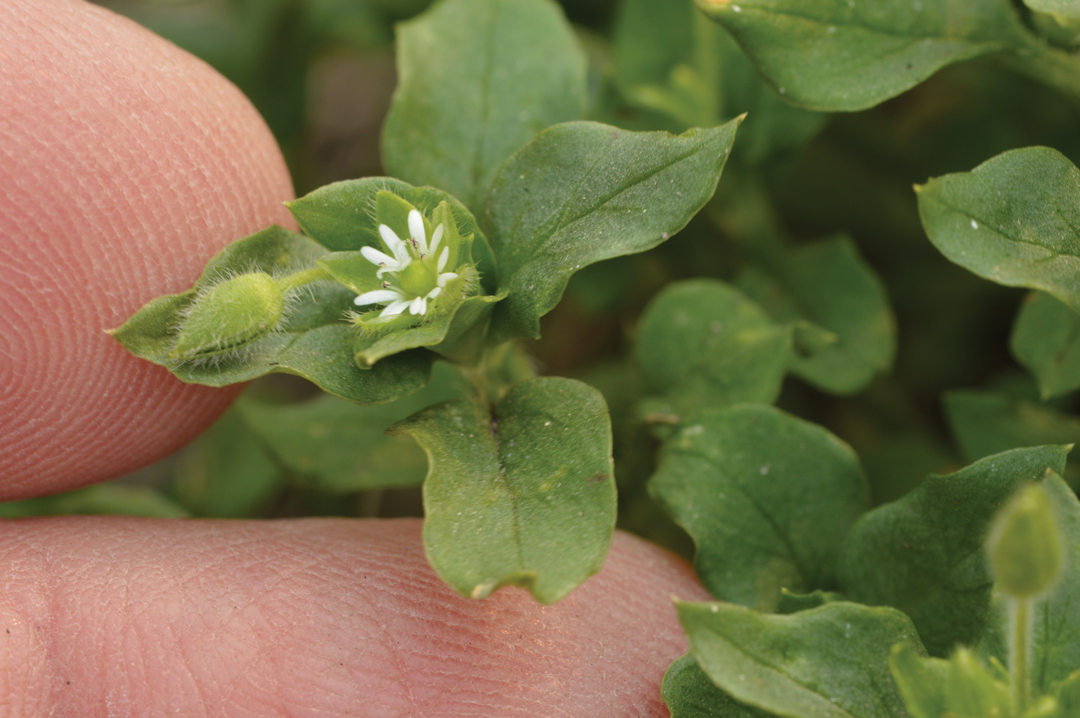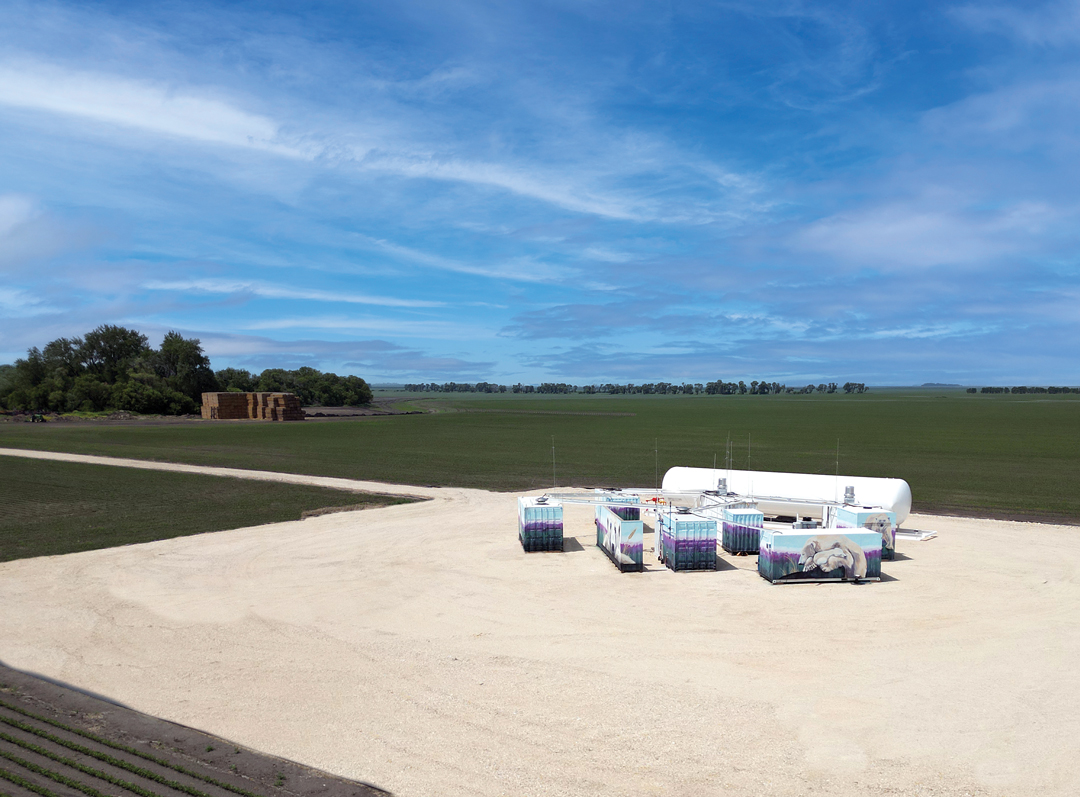ASSESSING ANNUAL ACREAGE TRENDS
ECONOMICS WILL DICTATE ALBERTA’S OVERALL CROP MIX IN 2018
BY LEE HART
To a large extent, economics will dictate cropping plans for 2018, but the need to generate profit is also tempered by the employment of productive agronomic practices. However, canola is expected to remain the leading cash crop in many Alberta farm rotations. With prices perhaps in the $10.50 to $11.50 per bushel range, its return is not dazzling, but decent. Field peas are a good rotational fit, but the pea-import penalty imposed by India in late 2017 has taken some of the wind out of pulse crop price sails. And while wheat and barley aren’t market leaders at the moment, there is fair demand for certain classes and grades.
Cereals continue to play an important role in rotation, and wheat remains Alberta’s largest seeded acreage crop. Farmers are also considering emerging crops such as soybeans and hemp. As they dabble and get a feel for best production practices and yield potential from region to region, the establishment of markets will ultimately dictate their adoption.
With prices in most commodity markets down in 2017, no one is expecting a major shift in crop acres in 2018. According to the most recent Alberta Agriculture and Forestry (AF) statistics, Alberta farmers harvested about 6.2 million acres of wheat (total value $1.9 billion) in 2016, along with about 2.6 million acres of barley (total value $362 million). Canola acres came in at about 5.5 million (total value $2.8 billion), while peas and dry beans were about 1.9 million acres combined (worth $900 million).
“Generally, all commodity markets heading into 2018 are fairly flat,” said AF market analyst Neil Blue. There aren’t any really bright price stars in the sky, but that doesn’t mean there aren’t opportunities, said Blue. It is important for farmers to knock on all market doors, he advised.
Know the quantity and quality of the crop in the bin and shop around. “Aside from the mainline elevator companies, there are also often several buyers looking to fill a specific or smaller market with a product that meets certain specifications.”
Blue said the world market for low- to mid-quality grains is somewhat depressed due to an oversupply. However, he said opportunities exist for high quality and high protein. For example, higher-protein Hard Red Spring Wheat is drawing a premium over last year’s price. Many Alberta farmers took advantage of strong demand for high-protein wheat in 2017, capturing prices in the $8.50 range and higher. He also noted there was fairly strong demand in some regions for both Canada Prairie Spring Wheat and Soft White Spring Wheat to supply the ethanol market, which may represent another opportunity.
While canola will likely remain the most profitable crop for 2018, Blue said farmers should examine various options. “If you can find a market for Soft White Spring Wheat that’s offering $5 a bushel, for example, and with a 100-bushel yield (depending on freight to market), that could be an attractive option, too,” he said.
On the barley side, malting barley prices have been quite “sporadic,” he said. While the large malting companies have trended toward contracting most of their production from established suppliers, Blue said malting barley demand in the craft brewing industry continues to grow, and with it, crop marketing opportunities.
And while the yellow pea market in particular took a hit last fall when India announced non-tariff barriers against imports, Blue believes the price news isn’t all bad. “Pea prices haven’t recovered from where they were two years ago, but looking at the market through to the 2018 harvest, it appears prices will be in the $6.50 to $7 range, which still might be worth considering,” he said. India was a major buyer, but not the only option. China and the United States are among 100 or so countries interested in Canadian pulse crops. Check with buyers and brokers—it may be worth shopping around.
In southern Alberta, seed grower Brian Witdouck agrees that most farmers turn to canola as their main cash crop. A pedigree seed producer, he operates Witdouck Farms at Iron Springs, north of Lethbridge, growing a wide range of seed crops, mostly under irrigation. These include canola, alfalfa, peas, lentils, wheat, barley and some hemp.
“The interest in wheat and barley has shrunk primarily because of the market,” said Witdouck. “Other countries are producing more, and in some cases cheaper, so that has kept the price down.”
He said while farmers are buying cereals, and his own seed company enjoys a strong market supplying wheat and barley seed to the cattle feeding sector, cereals are often an important tool in rotation.
“Even if markets aren’t great, wheat and barley are still important to have in rotation,” said Witdouck. “You can’t grow back-to-back canola or any crop every year, so you need that break. And growing wheat or barley after a pulse crop or canola produces exceptional yields.”
In central Alberta, Jay Bruggencate said his farm targets specific markets, so it’s natural to keep wheat and barley crops in rotation. Yes, canola usually pencils out as the number-one cash crop, but the cereals have a good fit, too. “I don’t see wheat and barley just as rotation fillers,” said Bruggencate, who farms near Lacombe with business partner Mike Sulzle. They grow yellow peas, canola, malting barley, winter wheat and Hard Red Spring Wheat.
The winter wheat portion helps spread the farm workload. It comes off early, provides early cash flow, usually has slightly lower inputs, typically doesn’t require drying and often moves quickly, so it can be sold without storage.
The Hard Red Spring Wheat requires extra management as Bruggencate and Sulzle target a high-quality, high-protein market. “We manage it more intensively, with fertility and other inputs such as growth regulators, hopefully producing a high-quality, higher-value crop,” Bruggencate said. With careful management, the barley achieves malt quality most years.
Bruggencate is well aware of the economics and the pressure to shorten rotations to produce higher-value crops. But he also knows that, for the sake of reducing the risk of herbicide resistance and disease pressure, longer rotations are better. The farm now follows a three-year rotation, but is working toward a four- or five-year rotation.
Bruggencate is also running farm trials with soybeans and considering other pulse crops. With the risk of clubroot, he would also like to try non-canola oilseeds.
In northeast Alberta, Bernie Klammer at Vegreville said farmers can’t ignore crop economics, but also have to keep best management practices in sight. “It would be tough to stay in business very long if you don’t turn a profit,” said Klammer, who includes wheat, canola, barley and alfalfa forages in rotation.
“I’m in an area where disease pressures are a concern,” he said. “A shorter canola rotation increases the risk of clubroot, and we are seeing a few more cases of Fusarium head blight in cereals. We can’t ignore the fact that canola is the money maker, but we also have to look for some options.”
Klammer said wheat is one option, especially if he can produce high-quality, high-protein Hard Red Spring Wheat. Malting barley does make good economic sense, and producing feed barley also fits well with his diversified operation. Alfalfa is also important—it feeds his cattle, but also extends the rotation. He hasn’t grown pulse crops recently, and the market news from India didn’t change his mind for 2018, but he may include peas in rotation for 2019. There is some interest in soybeans in his area and he plans to try a plot to gain some experience, but he figures the success of the crop in central and northern Alberta is still waiting on earlier-maturing varieties.
“The challenge is finding the balance,”he said. “I just can’t look at the short-term economics; I have to consider the long-term impact of a rotation and pay attention to best management practices. Ideally, with canola, I should be following a four- or even five-year rotation. But if that’s not practical, the best management practices I can apply are to use disease-resistant varieties and fungicides as necessary to reduce the disease risk.”
Market forces aren’t expected to dramatically change crop rotations for 2018. With no compelling Cinderella-crop opportunities, farmers will gear rotations and management toward markets providing the best returns, while keeping good agronomics in mind.







Comments